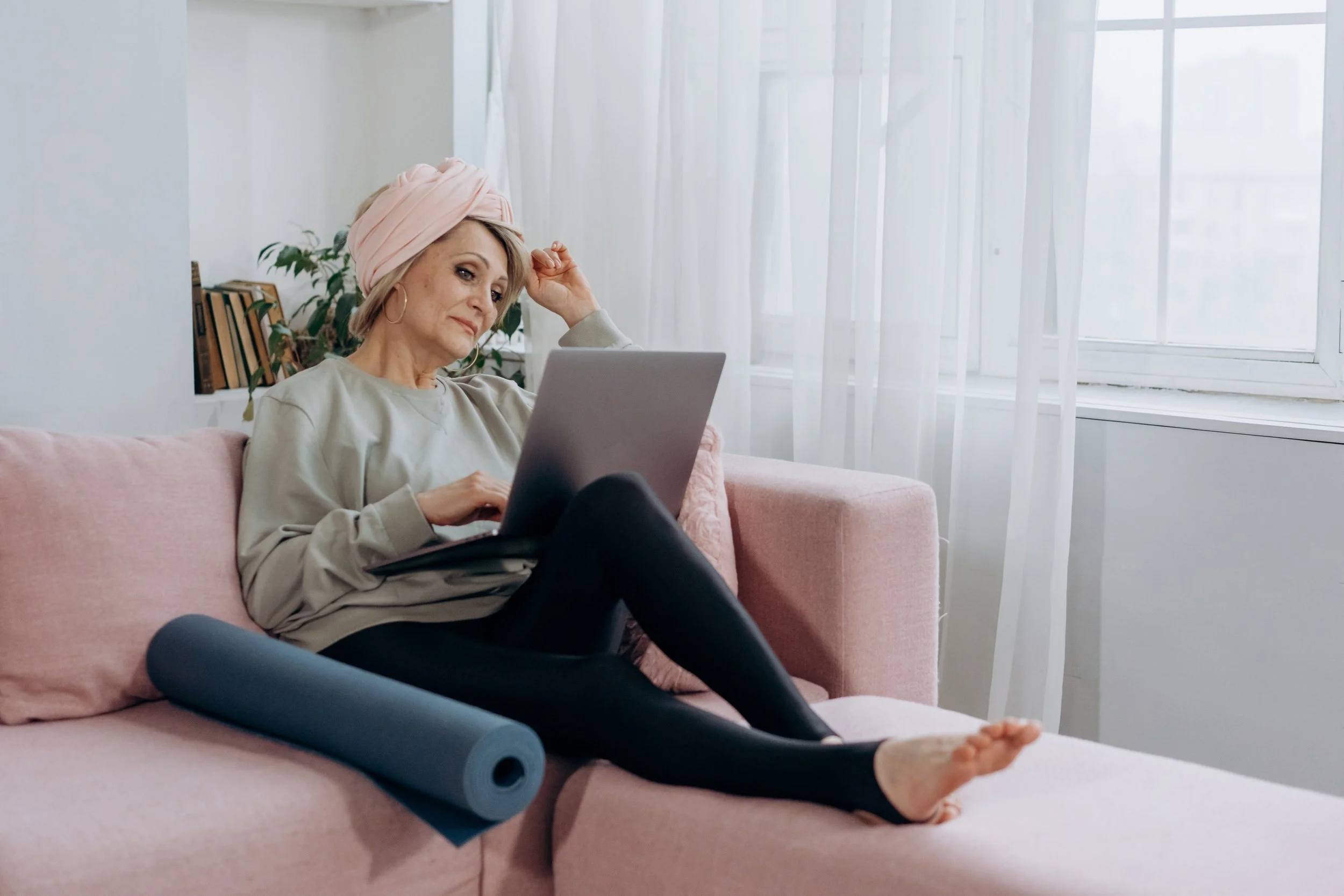Modifying The Home For Someone With Physical Disability
Whether it’s someone you’re inviting to your own home or you’re taking on the responsibility as someone’s caregiver to help them in their own, people with special needs may be able to benefit from a range of adaptations to the home. Here, we’re going to look at a few and how they can suit people with varying levels of ability.
Accessing the needs of the individual
The first thing you should arrange is a sit-down with your loved one’s doctor and them to talk about the range of their physical abilities, any mobility or chronic pain issues to accommodate, as well as what they would most like to be able to do more independently. That way, you can get an idea of what changes to prioritize first.
Getting the funding
Making adjustments to your home can be costly. Depending on where you live, you may be able to apply for financial assistance to help bear the brunt of those costs. Take a look to see if there are any disability grants for home improvements that are accessible to you. Successful application for these relies on not just location, either, but also the scale of the needs of the individual and costs of the adaptations.
Improving access to the home
Most important for those with any disabilities that limit their ability to move is making the home both easier to get into and to move around in. For instance, not only might this include a wider front door and wheelchair ramps for access into the home. You should also think about changing the interior doors from ones that swing open to those that slide open to make them easier to use, as well. For any stairs, you should also naturally consider things like lifts.
Modifying the bathroom
One of the most important rooms to adapt is the bathroom, for a range of reasons. It has a higher chance of slips, trips, and falls, and it is also where your loved one might appreciate the most privacy. To that end, you should look for items like grab rails that can allow them to use this part of the home more independently.
Making things easier to use
For any parts of the home that the individual may need to operate, you should consider how much energy or effort it takes to operate normally and see if there are better alternatives. For instance, there are specialized bathroom faucets for those who might normally find them hard to use.
Adopting visual aids
Some disabilities may make it difficult for the individual to see or navigate parts of the home. This includes not only visual impairments but also special needs such as dementia. For instance, creating a dementia-friendly home might include labeling items such as storage furniture around the home, and avoiding any patterns that can be potentially disorienting.
Which of the choices above you should use in the home should largely depend on the specific abilities of the individual. Hopefully, this has at least given you some direction to start investigating in, however.











